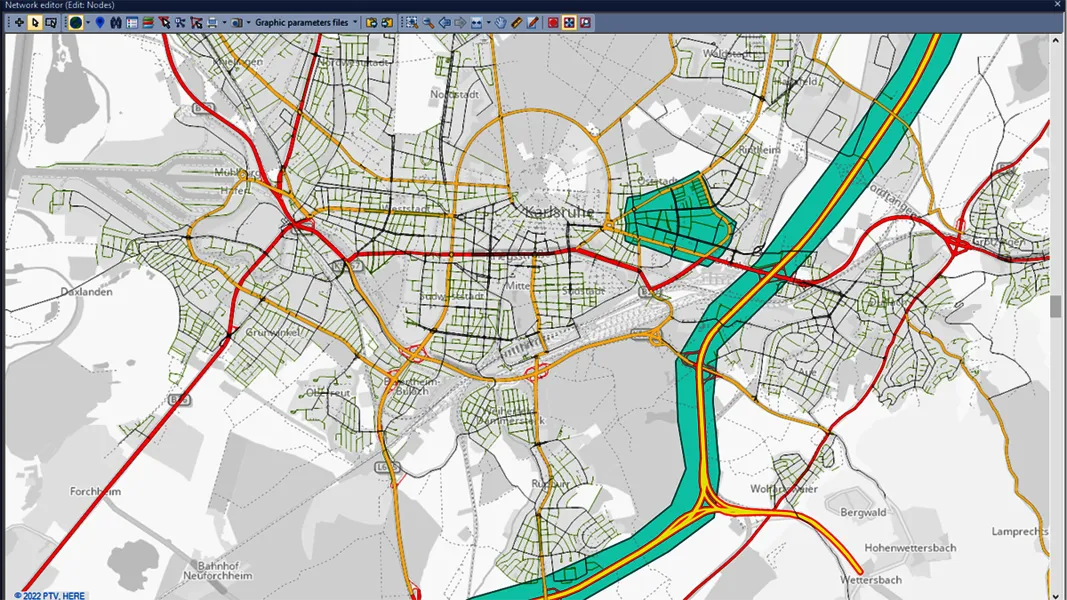
The latest software tools from the
AIT uses smartphones to track the distances travelled and transport modes used by their owners which can be used for mobility surveys and ticketing solutions or automated calculation of travel times. Experts have also developed tools to analyse pedestrian flows for the planning and optimisation of public transport infrastructure. Virtual 3D models of planned infrastructure are created to validate different designs and wayfinding systems in virtual reality environments. In addition, impact assessments analyse future trends on mobility behaviour, modal shift, emissions and noise, and simulate scenarios for new transport infrastructure.









